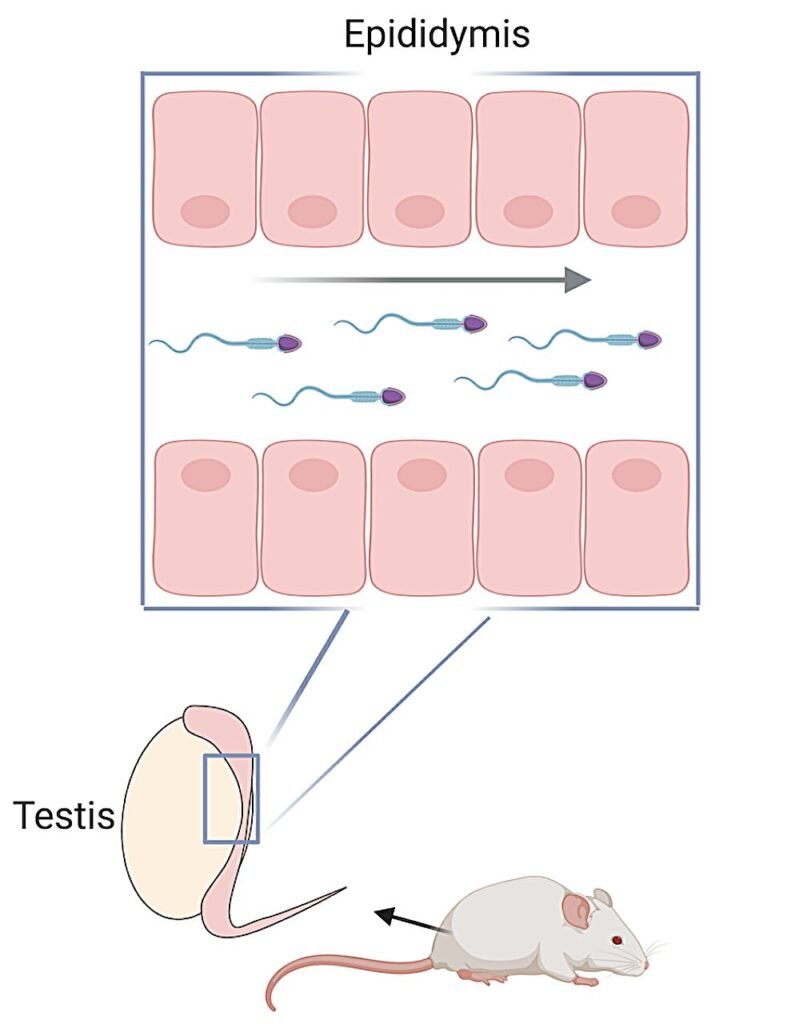The groundbreaking research conducted by Upasna Sharma at UC Santa Cruz continues to advance our understanding of how a father’s experiences and environment can impact the health and well-being of his offspring. Recent findings have unveiled the critical role of four genes in male fertility and the production of specific RNA molecules in sperm.
Sharma’s work on mice has significant implications for biomedical research and public health policies, as previous studies have shown that parental environmental factors can have lasting effects on the health of future generations. The focus of Sharma’s lab is to unravel the mechanisms through which a father’s environment influences offspring, particularly through changes in small non-coding RNA molecules present in sperm.
In a recent study published in the Journal of Biological Chemistry, Sharma and her team identified four genes expressed in the epididymis—the site where sperm mature after leaving the testes—that play a key role in male fertility and the production of tRNA fragments (tRFs) in mature sperm. These tRFs are generated through the cleavage of transfer RNAs and are known to be highly abundant in sperm. Understanding the function of these genes sheds light on how sperm motility and fertilization capacity are regulated, as well as how small RNA processing is linked to these processes.
Sharma’s previous research hinted at the potential role of tRFs in transmitting epigenetic information influenced by environmental factors from one generation to the next. By deleting the four genes responsible for tRNA cleavage in mice, the researchers found that male mice lacking these genes were sterile. While their sperm could fertilize eggs in a lab setting, they were unable to do so naturally due to their inability to pass through a crucial part of the female reproductive tract. Additionally, the knockout sperm exhibited lower levels of tRFs and other small RNAs, highlighting the genes’ crucial role in shaping sperm RNA composition.
Further investigations into the impact of paternal diet on sperm RNA content revealed that environmental factors such as diet, stress, and chemical exposures can alter small RNA levels in sperm. These findings underscore the dynamic and sensitive nature of small RNAs, particularly tRFs, in response to environmental conditions. The identification of genes involved in tRF generation in sperm opens up new avenues for exploring how environmental factors influence sperm at the molecular level.
Overall, Sharma’s research provides valuable insights into the complex interplay between a father’s environment and the health of future generations. By unraveling the mechanisms through which environmental information is transmitted to sperm, this work paves the way for a deeper understanding of how external factors impact fertility and reproductive success.


